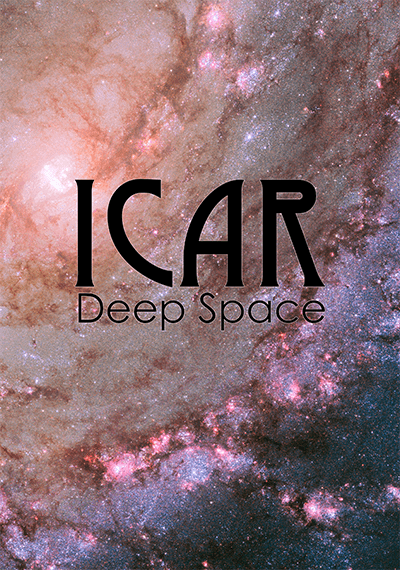Text first: a new way to fill in campaign detail
 My Imperial Investigation campaign came to a close. Although it was Total Party Kill, they did win in the final act - scything the best possible path through what were seemingly impossible odds. I doff my cap to them and say "Bravo"! It has been the most complex series of plots I've ever run and the players have reasoned brilliantly. I could not have asked for more thanks for all my hard work. I am now designing a Deep Space campaign, where the player team will be exploring the outer reaches of human civilisation. I've adjusted the way in which I fill in the detail of a campaign, both scratching the itch of my writing nerve and also better describing things for my players. I am running this new campaign using the online Roll20.net, which is not as good as face to face but means we can play more often and I appreciate that.
My Imperial Investigation campaign came to a close. Although it was Total Party Kill, they did win in the final act - scything the best possible path through what were seemingly impossible odds. I doff my cap to them and say "Bravo"! It has been the most complex series of plots I've ever run and the players have reasoned brilliantly. I could not have asked for more thanks for all my hard work. I am now designing a Deep Space campaign, where the player team will be exploring the outer reaches of human civilisation. I've adjusted the way in which I fill in the detail of a campaign, both scratching the itch of my writing nerve and also better describing things for my players. I am running this new campaign using the online Roll20.net, which is not as good as face to face but means we can play more often and I appreciate that.
The old way
I design a campaign as a series of steps:
- Write the ending. As much as there might be dead ends and side quests, the main arcs should lead somewhere. The ending is usually "what would happen if the players did nothing". The ending gives me a benchmark.
- Write the premise. The premise is the philosophies that I want to explore in the campaign. The premise should be written around the question "what are the cool things that the players will do?". For example, in the last campaign was, the premises were: "What will the players do with unlimited support from the Imperium and no guidance?". The ending was "What happens if you take away the support?"
- Sketch out story arcs. Story arcs give the players a way to explore the premise. Story arcs are grouped into those that explore the premise and lead to the ending; and side quests, which are just for fun! The output of this are timelines and relationship diagrams.
- First Session Plan. The first few sessions are extremely important. Do we fill in character back stories or get stuck in? I need to make sure I have enough resources and the first story arcs planned out.
- Detail. Usually I start creating resources like mad at the point, character portraits, NPCs, spacecraft plans and so on. This time, I'm doing this bit a little different.
Doing detail the old way
Where this campaign preparation is different is in the detail. Before now I would jump in with pencils, paper, notebooks and draw, draw, draw. Spacecraft, NPC portraits, maps, diagrams and images that get my creative juices flowing. When in front of the players, I describe my scribblings verbally. I think that conversion process is letting me down. I hear the words come out of my mouth and cringe. The sketch on paper doesn't come across right. My games run quickly, I don't have time to stop, rethink and go back. Words said become canon, the players latch onto them and add spin, questions and so on.
Detail done differently
This time, I'm writing the text first and driving the imagery from it. For example, one NPC is described as:
A round, kind face smiling up around plump cheeks and small, twinkling eyes. White hair fussed into a bun. Skirt, cardigan and blouse in matching pastel green. Round vowels softly spoken and creaking with age. Proud, upright, short; hands clasped in front.
The spacecraft that will be their home wasn't drawn first but instead described as:
A shiny baby blue ball with large hole running through it covered by huge doors. Depressions, bumps and pock marks betray the complexity beneath. A childish, ungainly design, bulbous and bold.
From these descriptions I can then create resources - if needed at all. By being text-first, it forces me to take a more ordered view of how things are being set-up and I waste less time trying to get the 3D model looking just right. This is particularly important as the 3D models in-game are of limited use beyond the flavour.